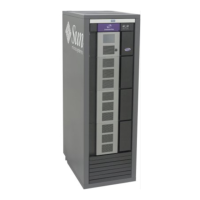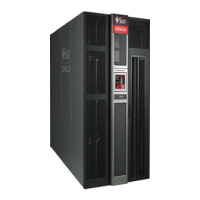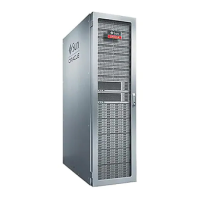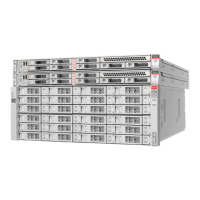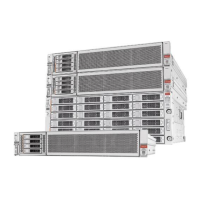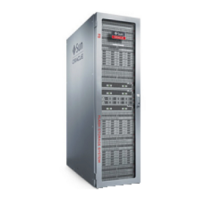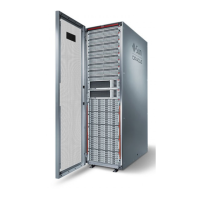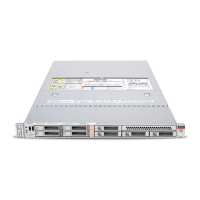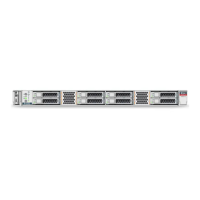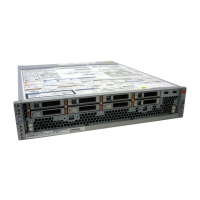Using Simple Network Management Protocol (SNMP)
Monitoring and Diagnostics 7-11
11. To secure management data during network transmission, choose an encryption
standard from the SNMP v3 Privacy Protocol list. Select AES (Advanced
Encryption Standard) for best security or DES (Data Encryption Standard) for
compatibility with systems that use DES.
12. In most cases, accept the default, library generated value in the Engine ID field. If
you must override this value, enter a hexadecimal value that starts with
0x
and
does not contain either all zeroes (
0
) or all sixteens (
F
).
13. To close the dialog without adding the SNMP trap recipient, press Cancel.
14. To delete the SNMP trap recipient and close the dialog, press OK.
Update an SNMP Trap Recipient
An SNMP trap recipient is a network management station that you designate to
receive notifications sent by the SNMP agent on the library. To modify trap recipient
information, proceed as follows.
1. Select SNMP from the menu on the left side of the interface.
The tabbed SNMP property sheet appears.
2. Select the SNMP Trap Recipients tab.
3. Click on Edit Trap Recipient in the control bar above the table.
The Edit Trap Recipient dialog appears.
4. To change the IP address of the management host that should receive the trap,
enter the change in the Host text field.
5. To change the trap levels that should be sent to this management station, enter a
comma-delimited list of the trap levels in the Trap Level field.
For a list of valid entries, see Appendix B, "SNMP Traps".
6. To change the SMNP version, select from the Vers io n list. Choose v3 unless you
need compatibility with older SNMP versions and have no security concerns, in
which case choose v2c.
7. If you changed to SMNP v2c, enter a community string (a password or phrase) in
the Community Name text field. Then go to step 16.
8. If you just need to change an SNMP v2c community string, make your change in
the Community Name text field. Then go to step 16.
9. If you changed to SMNP v3, enter the name of the SNMP user that will have
access to the traps in the Tra p U s e r Name field.
10. If you just need to change the name of the SNMP user that will have access to the
traps, enter the change in the Trap User Name field
11. To change the SNMP v3 authentication method, select one of the methods listed in
the Authentication Protocol list. Choose SHA for best security or MD5 for
compatibility with systems that use MD5.
12. To change the SNMP v3 authentication password, make your changes in the
Authentication Passphrase text field.
13. To change the SNMP v3 data-encryption method used, choose a standard from the
Privacy Protocol list. Select AES (Advanced Encryption Standard) for best security
or DES (Data Encryption Standard) for compatibility with systems that use DES.
